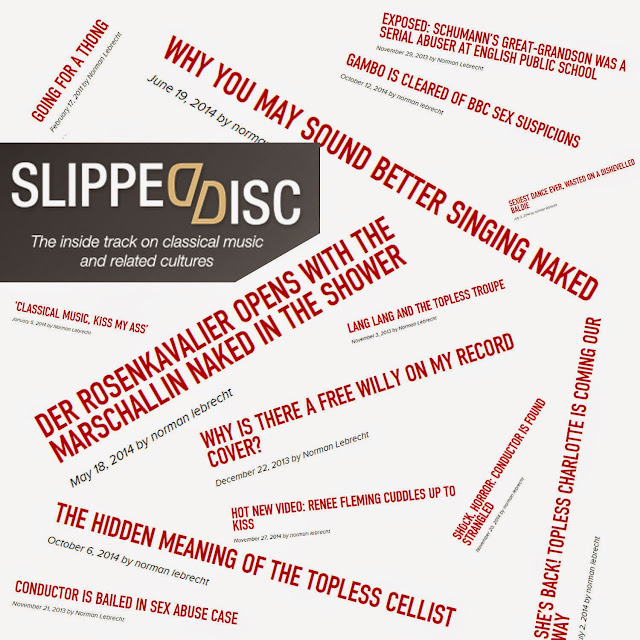Borrowed landscapes and borrowed music
'Borrowed Landscape' (shakkei) is the Japanese garden design discipline that imports 'foreign' landscapes into local environments, and the borrowed landscape of Les Jardins du Loriot at Venansault in France featured in my 2012 post The sound of 4' 33". Shakkei is also practised by architects to import landscapes that are foreign in geographic or temporal terms. My photos show the Medina in Agadir, southern Morocco created by the architect Coco Polizzi in the early 1990s to provide the city with a traditional artisan's quarter after the original kasbah was destroyed in the disastrous 1960 earthquake. Composers also utilise borrowed landscapes, among many notable examples are Britten whose Young Person's Guide to the Orchestra borrowed Purcell, and Stravinsky who borrowed music wrongly attributed at the time to Pergolesi for his ballet Pulcinella.
Stravinsky's chamber concerto Dumbarton Oaks is an example of the neo-baroque, a style that fuses the baroque and contemporary. A variation on this is currently emerging which is identified by its practitioners as neo-baroque, but which is really mock-baroque as it uses strict classical forms without contemporary additions. A leading figure in the mock-baroque movement is the Spanish composer Pablo Queipo de Llano (b. 1971) who is an authority on Vivaldi. The Enchiriadis label has recently released a second volume of Queipo de Llano's music comprising concertos, fugues and two symphonies which, to quote the composer, "could well be the works of an 18th century composer were he still alive today" - audio sample here. There are parallels between the mock-baroque movement and the Perennialist school of philosophy: both reject modernism in favour of traditional values, both contain elements of eternal wisdom, and both see progress as a mixed blessing. Which is very unfashionable thinking and unlikely to set pulses racing over on Sequenza21. But, before dismissing Pablo Queipo de Llano's borrowed landscapes as third-pressing Vivaldi, remember that Vivaldi, like Mahler sells in large numbers, and Pierre Boulez famously described Shostakovich's symphonies, which also sell in very large numbers, as "third-pressing Mahler". At present mock-baroque languishes with an enterprising but obscure independent Spanish record label. But that could change if a major label realises that there is a large reserve of newly pressed, albeit non-virgin, Vivaldi waiting to be tapped.
Also on Facebook and Twitter. Pablo Queipo de Llano's Concerti was supplied as a requested review sample. All photos are (c) On An Overgrown Path 2014.

















Comments